What makes a horror game truly frightening? Jumpscares or chase scenes can be unsettling, but for me, the scariest horror games are those that encourage a creeping sense of dread and make you question the world you’re interacting with.
If you’ve been hunting for some new skin-crawling titles to add to your library, I’ve got you covered with this list. One of the games is a cult-classic that I believe every horror enthusiast should have in their collection, while the other two are underrated gems that deserve more of a spotlight.
The Escapist recaps
- Flesh, Blood, & Concrete is an atmospheric, unsettling trawl through a seemingly occupied apartment building, filled with trinkets and chunks of meat.
- Ib is a cult-classic horror that starts in an art gallery and ends up in an alternate world, packed with fiendish monsters and enemies.
- Soul Void is a mysterious horror-adventure made in a Game Boy-esque style, with heavy themes of death, inner grief, and a reluctance to move on.
- All three games are must-plays for fans of horror games that rely on slow-burning fear, unsettling imagery, and rich narratives to frighten their players.
Flesh, Blood, & Concrete

Flesh, Blood, & Concrete is just as weird as it sounds – and I’m so glad I found this game while mindlessly scrolling through the horror tab on Itch.io, as it’s utterly engrossing.
Made by waxwing0, this RPGMaker experience is short but impactful. It’s a story-driven horror that begins with a car accident, and the mechanics are best summarized as exploration with a small sprinkle of puzzles on top.
After the main character falls asleep at the wheel and drives her car through the courtyard of a block of apartments, she’s invited inside the apartment block by a mysterious but friendly girl who wants her to take shelter from the vicious snowstorm outside. The story unravels from there, getting increasingly surreal with every new room uncovered.
While there are some gross-out moments – particularly for folk who are upset by mold or rot – it’s not a jumpscare-heavy game. The world design is spectacularly eerie, and the music adds to the ambience perfectly, but the real horror is baked into the story instead of the visuals.
Flesh, Blood, & Concrete somehow manages to be creepy, beautiful, and melancholic all at the same time. It ended up bringing a tear to my eye, and I wish I could’ve spent longer learning more about the characters.
You can play this horror game for free on Itch.io – before downloading, it’s worth noting that it features heavy themes along with a fair amount of gore.
Ib

Calling Ib an underground horror game at this point is a bit of a stretch – it’s a cult-classic, after all, with a dedicated community – but I’ll take any excuse to write about this incredible title. It came out in 2012, then got a remake in 2022.
As a long-time RPGMaker game fan, I can say with confidence that this is one of the best examples of an RPGMaker horror game. It’s gorgeous yet creepy, with an intriguing storyline and plenty of unsettling enemies to dodge as you explore.
Ib follows the story of a young girl by the same name as she visits an art gallery with her parents. Before the family can settle into their day trip, something changes drastically within the gallery, and Ib ends up alone, forced to explore a dark, ever-changing world within the paintings that line the walls of the gallery.
Exploration is a key part of Ib, with a plethora of dungeons and winding pathways to navigate. The world gets increasingly more surreal and twisted, with plenty of elaborate puzzles to unravel as the story unfolds.
Something that I love about this game is that there are multiple endings to uncover. It’s rewarding to play through multiple times and see how your choices affect the story, which is often the case for story-led horror.
You can check out the 2022 version of Ib on Steam and the Nintendo Store. The official Nintendo store page for the game notes that Ib is supported on Nintendo Switch 2.
Soul Void (Redux)

The first thing that I noticed about Soul Void is how utterly impressive its artwork is. Thankfully, it’s also got a stellar story and gameplay loop to match its quality aesthetic.
Created by Kadabura on Itch.io, Soul Void is a Game Boy-esque horror adventure that’ll take you through a variety of bewildering, hellish landscapes, packed with lost souls who need your help to move on to the next life. You wake up in another world, seemingly by mistake, and you’ll need to find your way home.
The story is left deliberately mysterious in places – to me, the main location in the game seemed like a representation of purgatory, but others may interpret it differently – yet it still manages to feel incredibly rich.
I dipped into this game thinking I’d check it out for 20 minutes, then move on to the next title on my list, but ended up becoming utterly engrossed for the next couple of hours.
With themes of loss, inner turmoil, and life beyond death, this is a horror adventure that’ll make you think – but it’ll also make you squirm with gnarly creature designs and gory landscapes, too. It is worth noting that Soul Void touches on some heavy themes.
You can check out Soul Void on Itch.io – while it is available to play in-browser for free, I’d strongly encourage you to support the creator with a paid download, as this is a truly mesmerizing game.
Ask The Escapist
Yes, the version of Ib on Steam is the 2022 version of the 2012 release. It features updated graphics and quality-of-life improvements.
There aren’t any notable jumpscares that I found in Flesh, Blood, & Concrete or Soul Void. Ib has a few smaller scares, but I wouldn’t describe it as a jumpscare-forward game.
Both Soul Void and Flesh, Blood, & Concrete can be played in-browser. I’d highly encourage you to download the games and support the developers via their Itch.io pages, though – these games are incredible pieces of work.
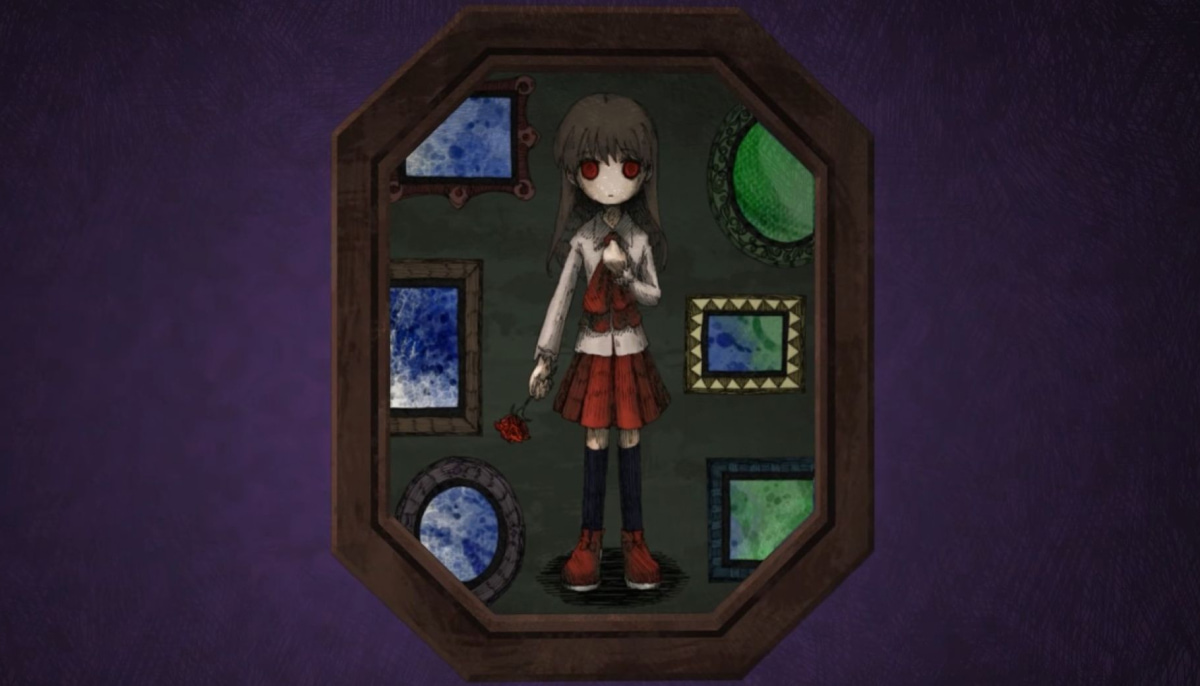
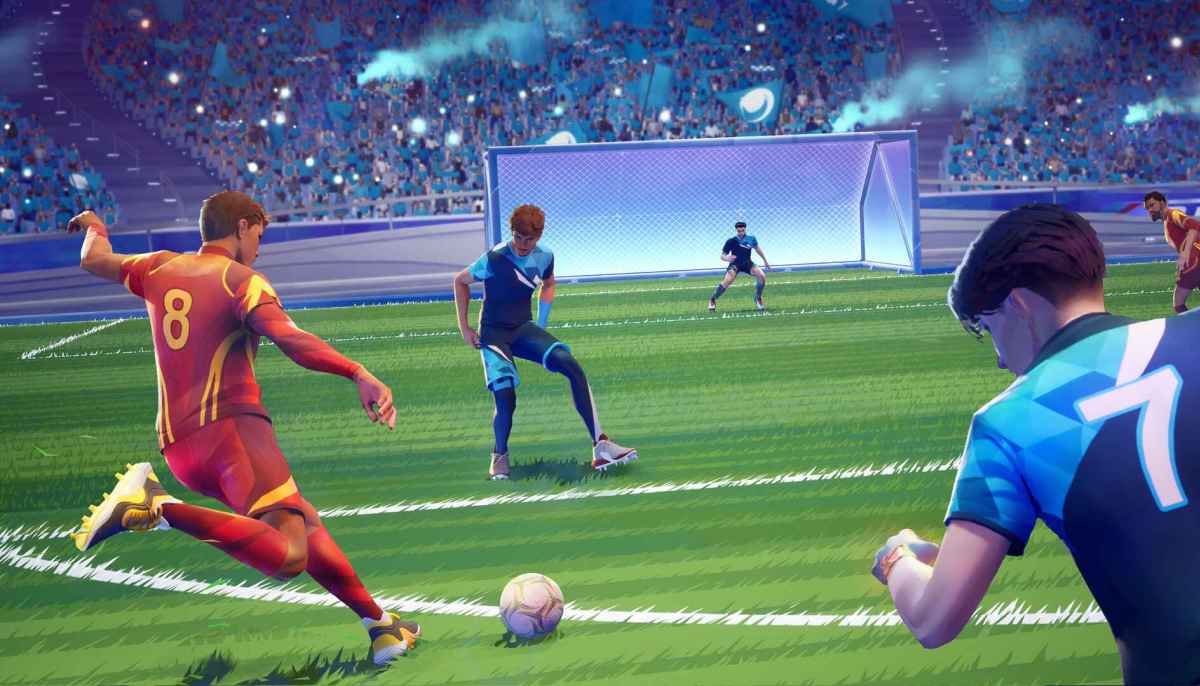
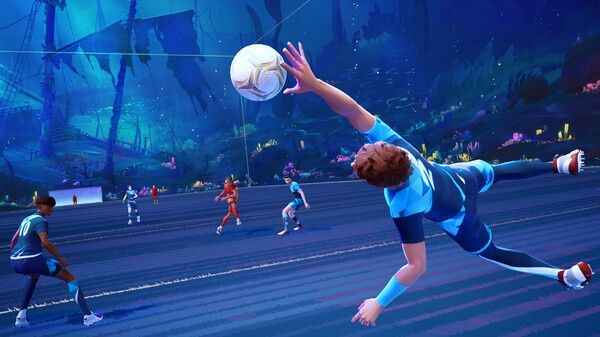



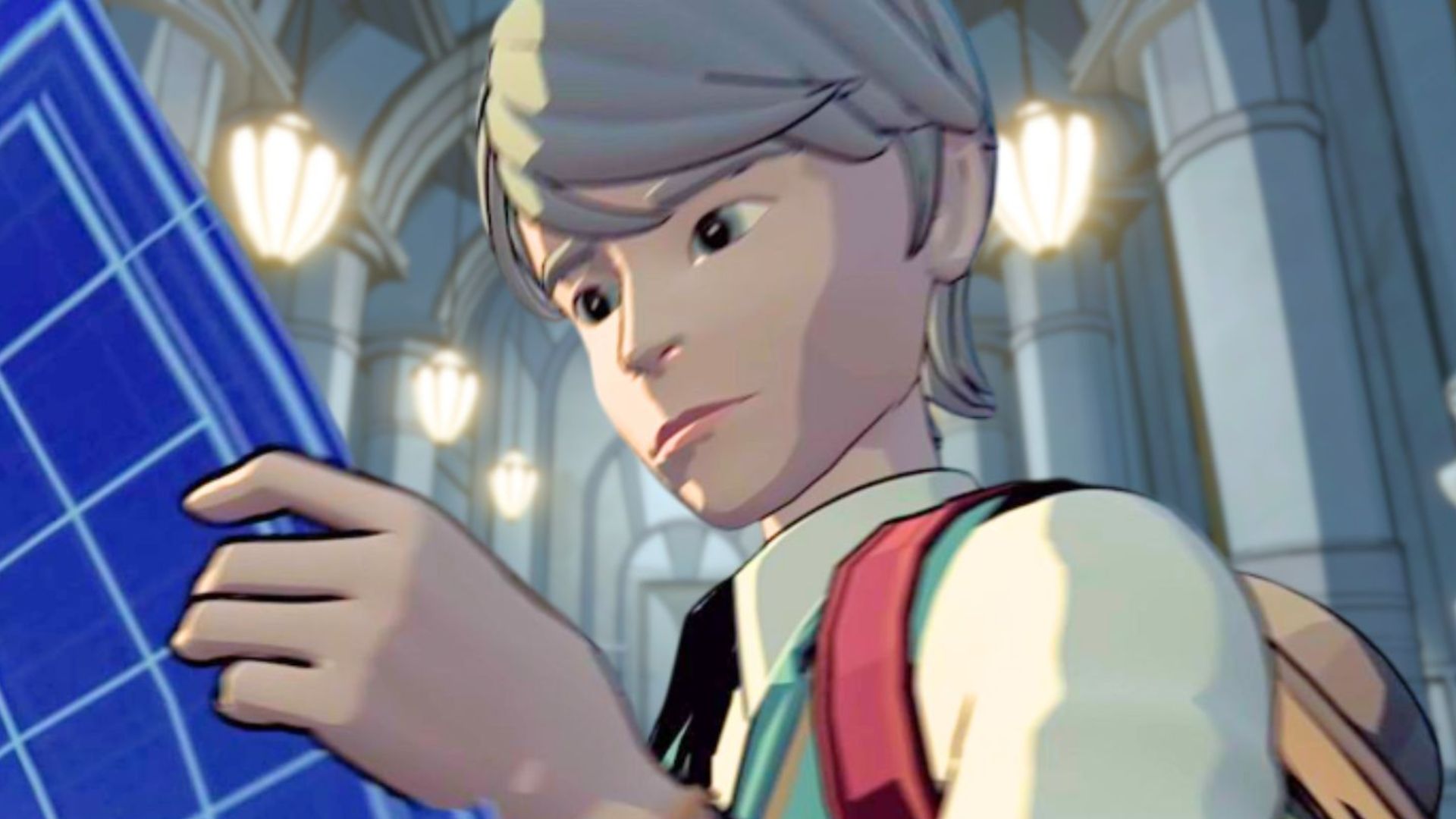






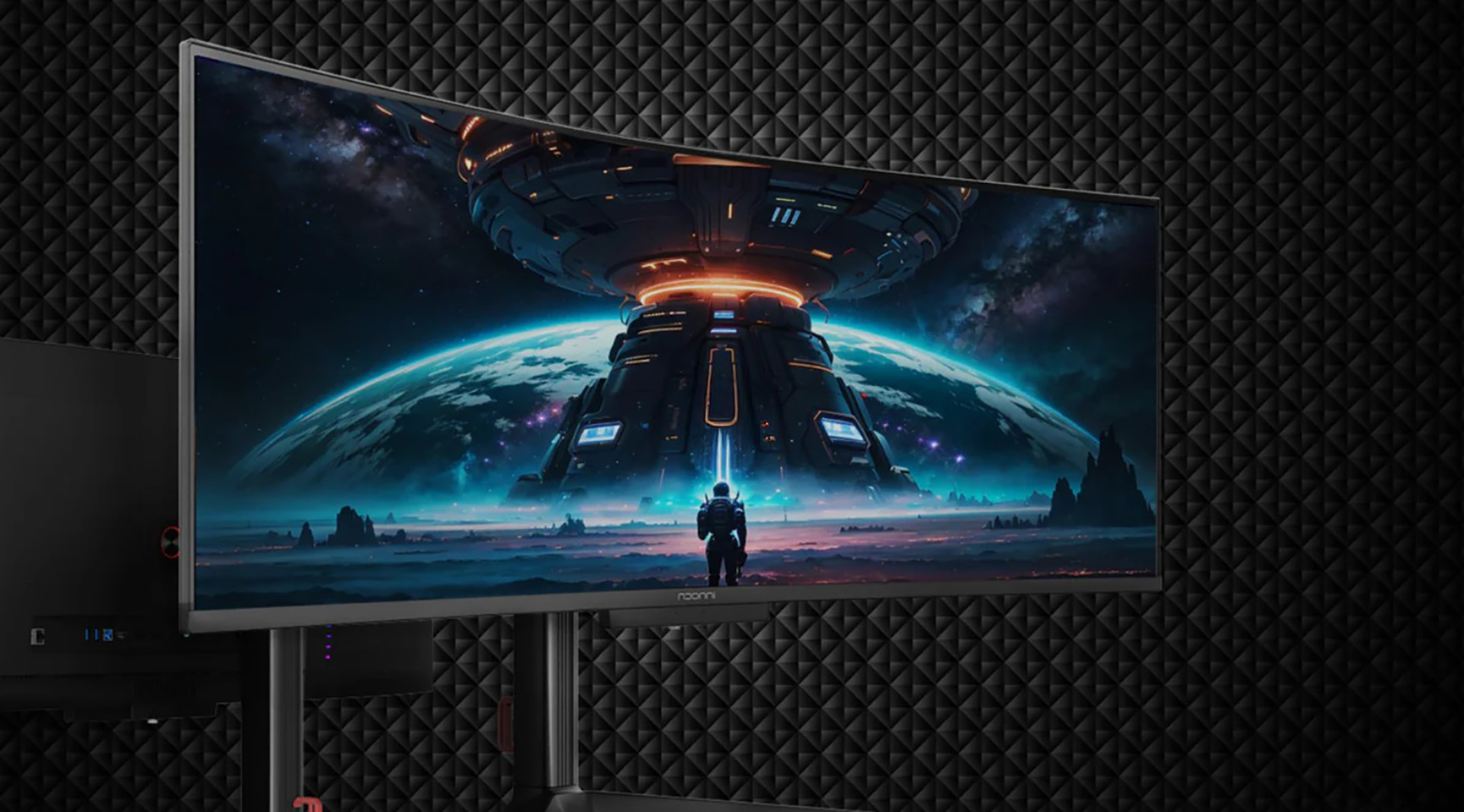
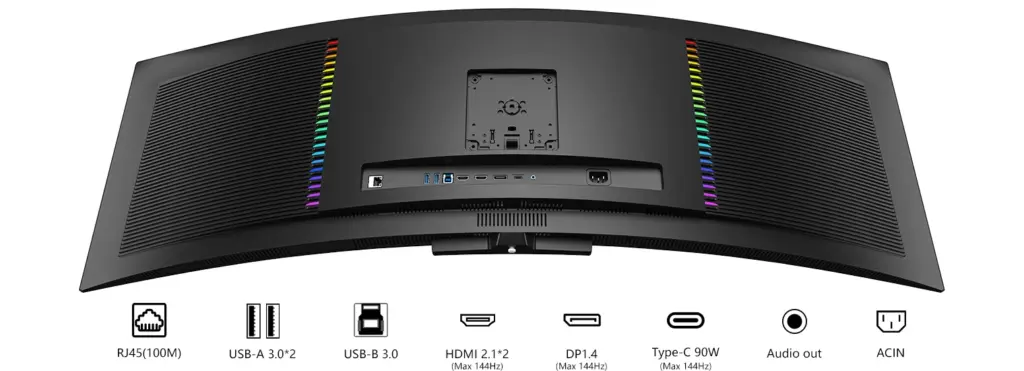


Published: Jul 11, 2025 06:59 am